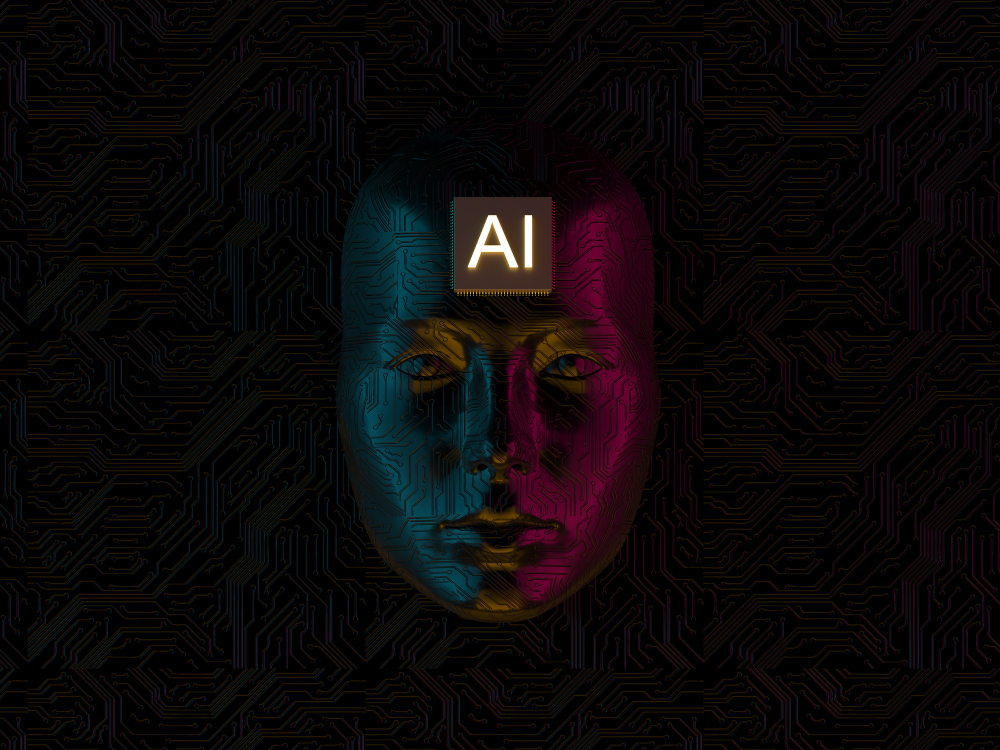The Rise of Agentic AI: Beyond Automation to Enterprise Autonomy
The AI landscape is undergoing a seismic shift. No longer confined to basic automation or chatbots, AI is now stepping into a new era—agentic AI, where software agents independently execute complex tasks, learn from outcomes, and optimize business workflows at scale.
From sales and customer service to backend operations, AI agents are fast becoming indispensable digital coworkers. This isn't just another phase in enterprise automation—it’s a fundamental rewiring of how organizations operate.
As companies race to integrate intelligence into every corner of the business, leaders are increasingly turning to the Virtual Delivery Center (VDC) model to operationalize these transformations faster and more effectively. VDCs allow enterprises to deploy high-impact, cross-functional AI initiatives without the friction of internal reskilling or fragmented vendor management.
Let’s explore how leading organizations are leveraging agentic AI—and how VDCs accelerate this future-forward shift.
1. Sales, Marketing, and Customer Experience: AI That Closes Deals
Agentic AI is supercharging the sales funnel by transforming how leads are qualified, segmented, and nurtured. At platforms like Gong, AI agents are embedded into sales workflows to simulate client interactions, flag opportunities, and prepare reps with strategic coaching.
Snowflake’s Sales Assistant, an internal agentic AI tool, empowers reps to access real-time insights via natural language queries. The result? Faster decision-making, improved targeting, and reduced dependence on centralized data teams.
SharkNinja, meanwhile, is integrating AI agents across its digital product discovery process—matching customers with the right solutions and elevating the on-page experience.
In VDC environments, these AI initiatives are deployed in pre-integrated stacks—combining CRM, data, and analytics layers into one seamless pipeline. Instead of building in silos, organizations tap into ready-to-scale modules designed by cross-functional virtual teams.
2. Customer Support and Employee Services: AI That Resolves and Elevates
Agentic AI is reshaping support by automating high-volume, repetitive requests. For example, 1-800Accountant deflects 65% of incoming queries using AI agents, freeing human reps for more complex tasks.
In call centers, autonomous virtual agents now handle real-time language translation, sentiment analysis, and issue escalation without waiting on human triage. Mitel, a global call-center software provider, is leading this trend with voice- and chat-based AI agents.
Within Virtual Delivery Centers, AI-driven support isn’t a bolt-on—it’s embedded from day one. VDCs offer organizations the ability to outsource entire AI-first helpdesk layers, enriched with pre-trained models, custom workflows, and multilingual capabilities.
3. Backend and Financial Operations: AI That Thinks Like an Analyst
AI agents aren’t limited to customer-facing roles. They’re proving equally powerful in automating backend workflows—from order validation and procurement to invoice matching and spend analysis.
At Transcend Company, AI agents process pharmaceutical compliance orders autonomously. Xerox IT Solutions deploys agents to flag contract risks, review documents, and speed up procurement cycles—allowing humans to focus on strategic supplier relationships.
In a VDC environment, these operational improvements are embedded into core systems via intelligent agents trained on client-specific rules and documents. It’s not just outsourcing the function—it’s outsourcing the automation blueprint.
4. IT and Security: AI That Builds, Tests, and Defends
From code refactoring to cybersecurity triage, AI is now deeply intertwined with enterprise IT. Pegasystems uses AI agents for workflow orchestration and regulatory compliance in sectors like banking and telecom.
ServiceNow, meanwhile, infuses agentic AI into IT, HR, and customer service layers—resolving technical issues, retrieving payroll data, and even boosting developer velocity through automated code testing.
In VDCs, these capabilities come prebuilt, with teams that include AI architects, DevSecOps experts, and LLM specialists. This enables faster pilot-to-production cycles and minimizes the internal lift on overstretched IT teams.
5. The Strategic View: AI Agents as Decision-Makers
Where is this headed? Increasingly, AI agents are evolving from assistants to decision-makers—predicting anomalies, generating insights, and triggering corrective actions without human prompts.
Snowflake’s AI agents now support real-time anomaly detection in sales performance. NCC Group is automating cybersecurity response protocols using agentic AI, while Good360 deploys agents for disaster-response logistics.
However, technical hurdles remain—data silos, inconsistent governance, and AI-agent interoperability across systems. Many CIOs are cautious, choosing a modular, purpose-built approach to avoid overengineering.
This is precisely where the VDC model excels—assembling purpose-led teams to build, integrate, and validate multi-agent systems in lean, iterative cycles.
The VDC Advantage: Making Agentic AI Enterprise-Ready
For all its promise, agentic AI isn’t plug-and-play. Organizations need a structured way to:
-
Evaluate business workflows for AI-agent readiness
-
Select the right agent models (LLM-based, utility-based, etc.)
-
Build integration layers and validation logic
-
Train agents on domain-specific data
-
Monitor and govern AI behavior over time
The Virtual Delivery Center (VDC) from AiDOOS addresses each of these needs. By offering plug-and-play teams that combine AI engineering, workflow design, and domain knowledge, VDCs ensure agentic AI isn’t just experimental—it’s enterprise-grade from day one.
Final Word: From Hype to Operational Value
Agentic AI represents one of the most exciting frontiers in business technology. But adoption can’t be driven by hype alone. Enterprises need a thoughtful, outcome-driven strategy—and a delivery model that supports agility, scalability, and trust.
Virtual Delivery Centers are that model. They bridge the gap between AI ambition and business value—turning ideas into integrated, measurable systems that truly change how work gets done.
As enterprise teams imagine a future powered by thousands of digital coworkers, working in tandem with humans, the next chapter of transformation is not just artificial—it’s intelligently agentic, delivered virtually, and built for impact.

